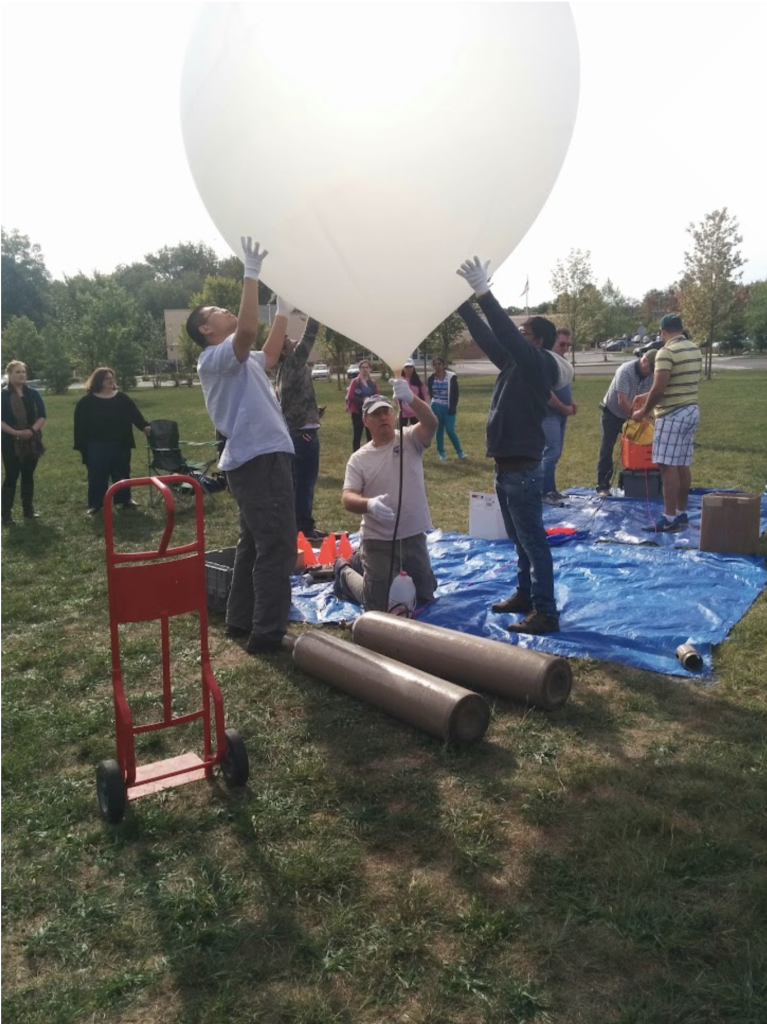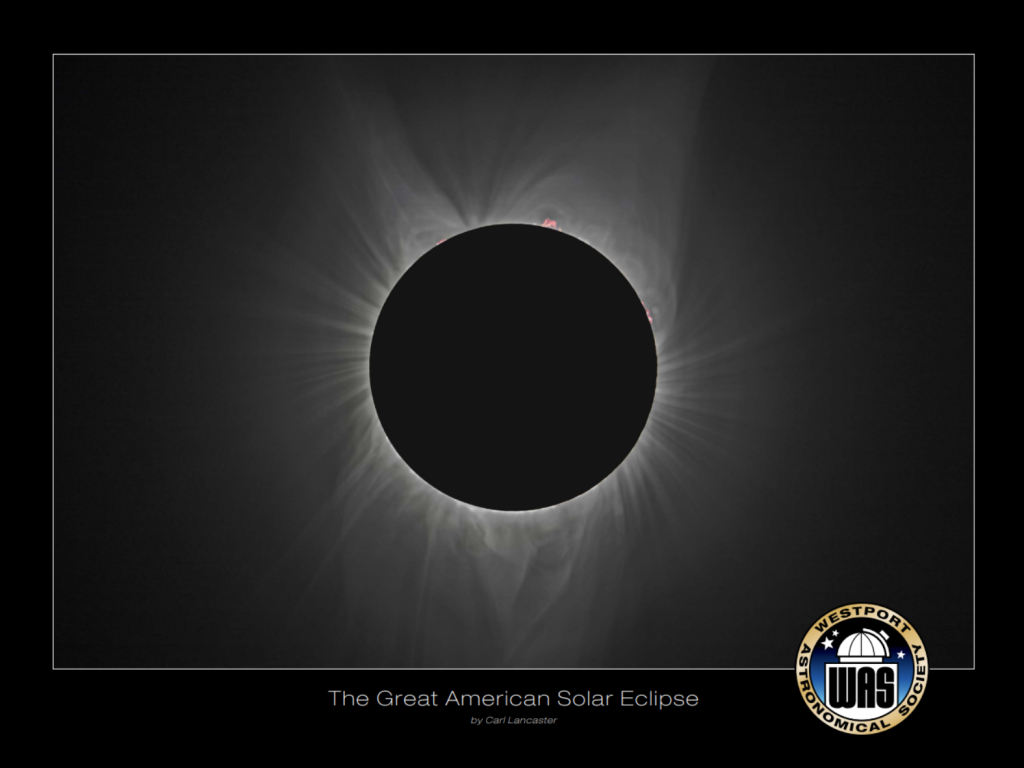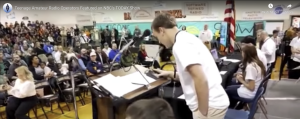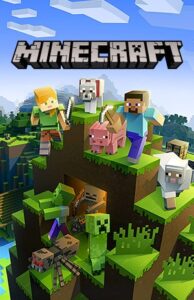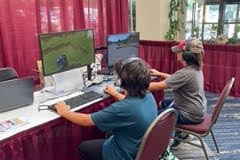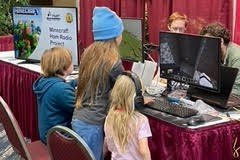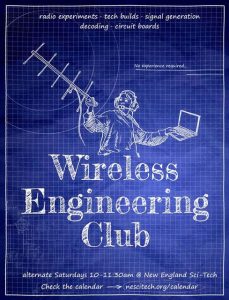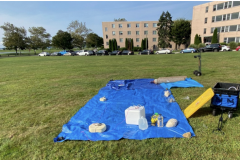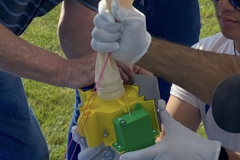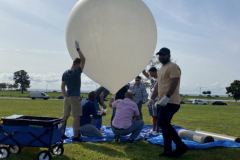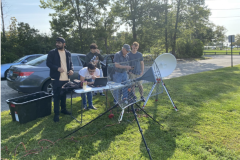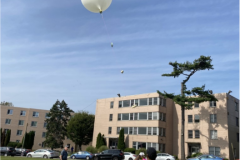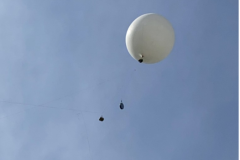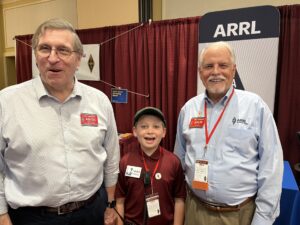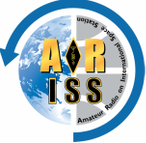 Message to US Educators
Message to US Educators
Amateur Radio on the International Space Station
Contact Opportunity
Call for Proposals
New Proposal Window is open April 8, 2024 – May 19, 2024
April 8, 2024 — The Amateur Radio on the International Space Station (ARISS) program is seeking formal and informal education institutions and organizations, individually or working together, to host an Amateur Radio contact with a crew member on board the ISS. ARISS anticipates that the contacts would be held between January 1, 2025 and June 30, 2025. Crew scheduling and ISS orbits will determine the exact contact dates. To maximize these radio contact opportunities, ARISS is looking for education organizations that will draw large numbers of student participants and integrate the contact into a well-developed education plan.
The window opens April 8, 2024 and the deadline to submit a proposal is May 19, 2024. Proposal information and more details such as expectations, proposal guidelines and the proposal form can be found at www.ariss.org. An ARISS Proposal Webinar session will be held April 17 at 8 PM ET. The Zoom link to sign up is https://us06web.zoom.us/
The Opportunity
Crew members aboard the International Space Station will participate in scheduled Amateur Radio contacts. These radio contacts are approximately 10 minutes in length and allow students to interact with the astronauts through a question-and-answer session.
An ARISS contact is a voice-only communication opportunity via amateur radio between astronauts and cosmonauts aboard the space station and classrooms and communities. ARISS contacts afford education groups’ audiences the opportunity to learn firsthand from astronauts what it is like to live and work in space and to learn about space research conducted on the ISS. Students will also have an opportunity to learn about satellite communication, wireless technology, and radio science. Because of the nature of human spaceflight and the complexity of scheduling activities aboard the ISS, organizations must demonstrate flexibility to accommodate changes in dates and times of the radio contact.
Amateur Radio organizations around the world with the support of NASA and Russian, Canadian, Japanese and European space agencies present educational organizations with this opportunity. The ham radio organizations’ volunteer efforts provide the equipment and operational support to enable communication between crew on the ISS and students around the world using Amateur Radio.
Please direct questions to education@ariss-usa.org .
About ARISS:
Amateur Radio on the International Space Station (ARISS) is a cooperative venture of international amateur radio societies and the space agencies that support the International Space Station (ISS). In the United States, sponsors are the American Radio Relay League (ARRL), Amateur Radio Digital Communications (ARDC), Radio Amateur Satellite Corporation (AMSAT), NASA’s Space Communications and Navigation program (SCaN) and the ISS National Lab—Space Station Explorers. The primary goal of ARISS is to promote exploration of science, technology, engineering, the arts, and mathematics topics. ARISS does this by organizing scheduled contacts via amateur radio between crew members aboard the ISS and students. Before and during these radio contacts, students, educators, parents, and communities take part in hands-on learning activities tied to space, space technologies, and amateur radio. For more information, see http://www.ariss.org.
Media Contact:
Dave Jordan, AA4KN
ARISS PR
Find us on social media at:
Twitter: ARISS_Intl
Facebook: facebook.com/ARISSIntl
Instagram: ariss_intl
Mastodon: ariss_intl@mastodon.hams.
Check out ARISS on Youtube.com.
______________________________
arrl-odv mailing list
arrl-odv@reflector.arrl.org
https://reflector.arrl.org/mai
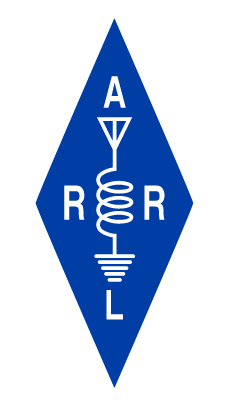
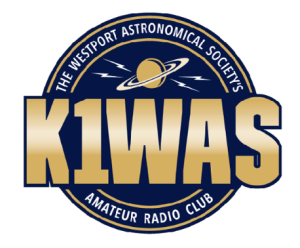 FOR IMMEDIATE RELEASE:
FOR IMMEDIATE RELEASE: